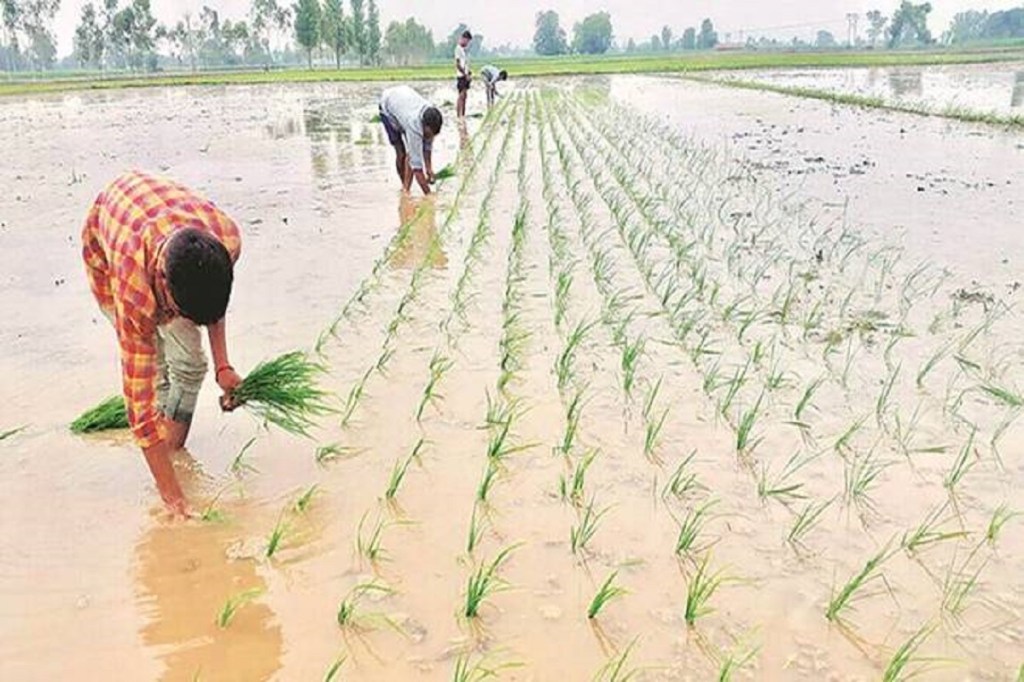After a dry run of about 20 days, there is resumption of monsoon rainfall across Indian states. States like Punjab, Haryana along with the national capital witnessed delay in monsoon as they received rainfall 20 days later than what the IMD had projected. However, the initial lacklustre monsoon led many state governments direct farmers to delay sowing of kharif crops this season. As a result, despite the monsoon rains picking up, the crop sowing started off late and is now lagging behind.
According to a research note by Barclays, as of now, farmers have completed sowing in 57 per cent of the overall area that was allocated for sowing kharif crops. On July 16, crops were sown across 61.2 million hectares which is lower than last year. In 2020, farmers were able to sow crops across 69.2 million hectares, the data provided by Barclays indicated.
“Weak sowing coupled with uneven monsoon could affect crop yields and farm output, posing upside risks to inflation, Barclays said in its note. Compared with last year, sowing trends are currency weak for coarse cereals which has witnessed a decline of 21 per cent year-on-year, cotton (down by 13 per cent) and oilseeds (down by 14 per cent).
The sowing is also likely to pick up now considering the resumption of rainfall. Along with the increased precipitation, the report said, regional distribution of rain is also improving which will further help in water distribution to crops.
However, cumulative rainfall till July 18 was still 8 per cent below the long-period average (LPA). There are still 14 sub-divisions, which IMD has categorised, that have received deficient rainfall. Going forward, the progress of the monsoon is critical as it has a significant bearing on sowing and crop yields for the year.


